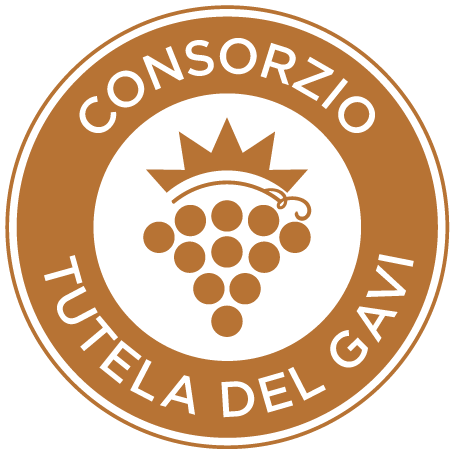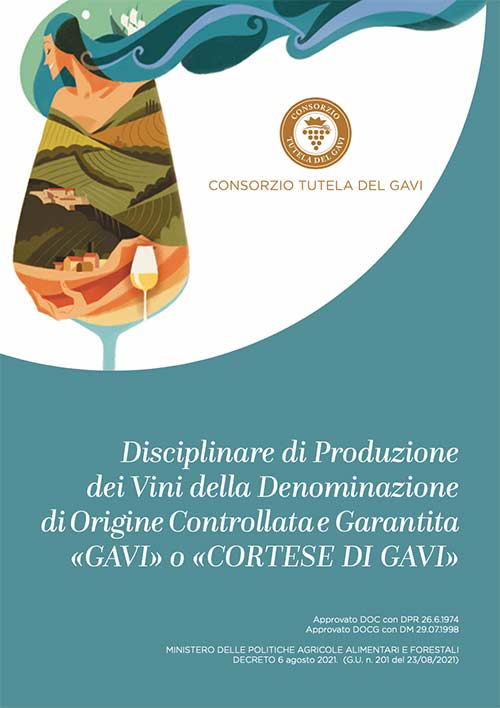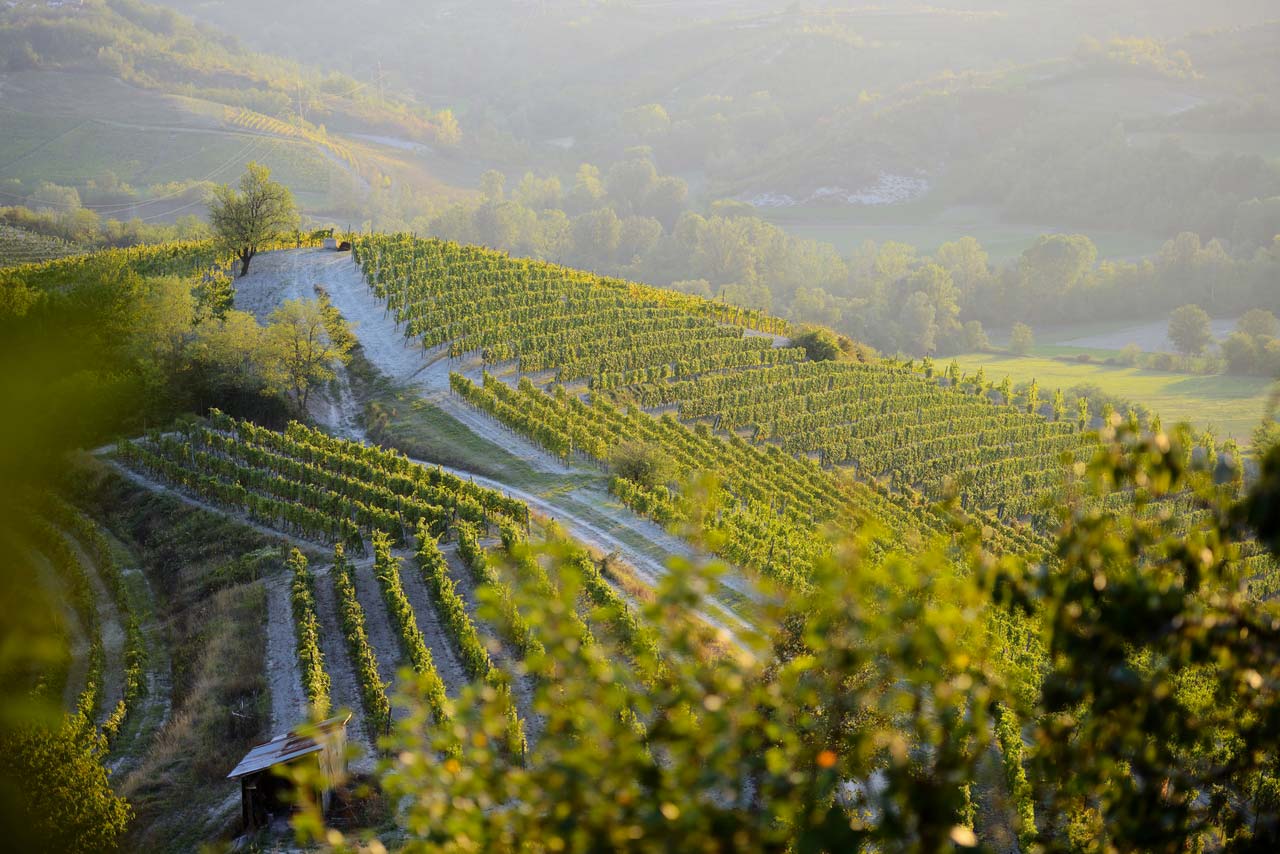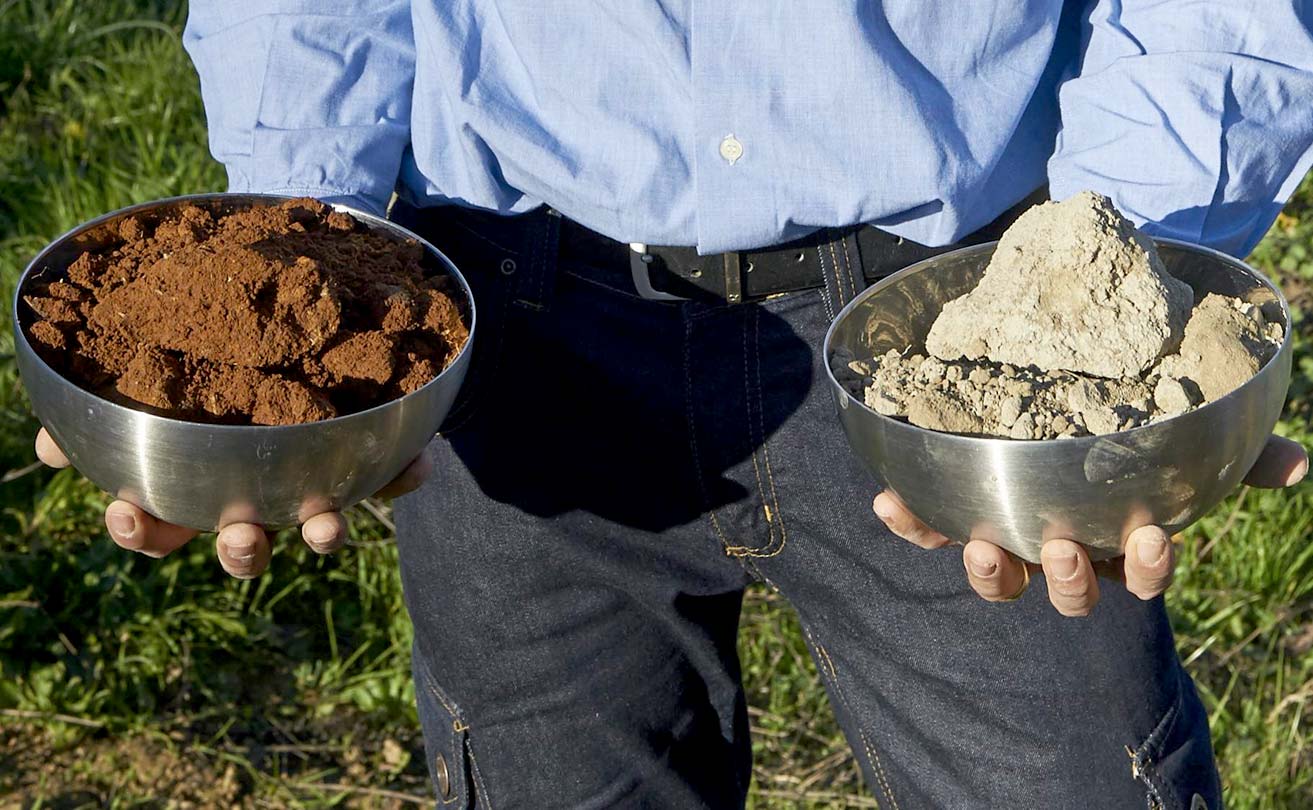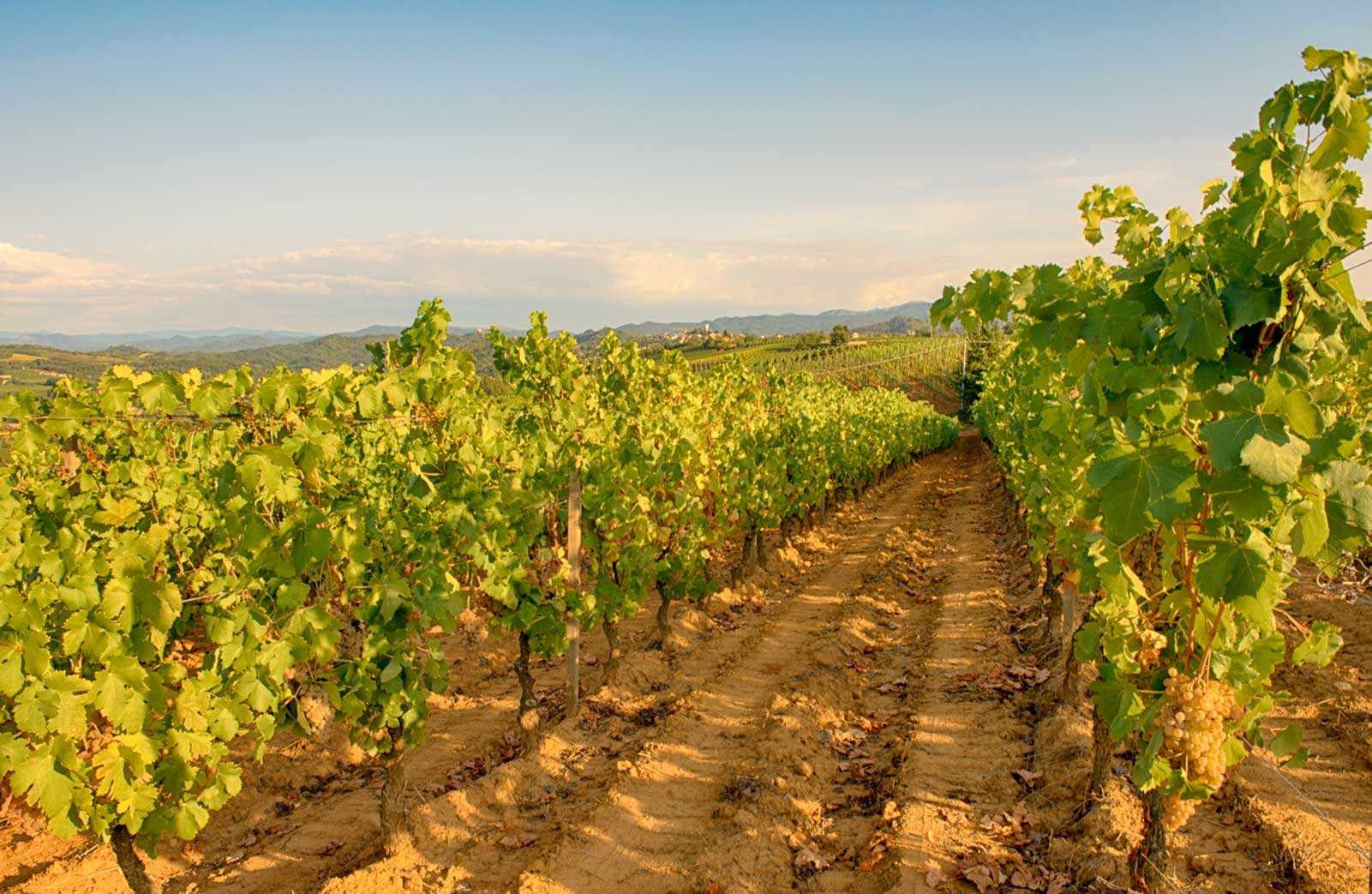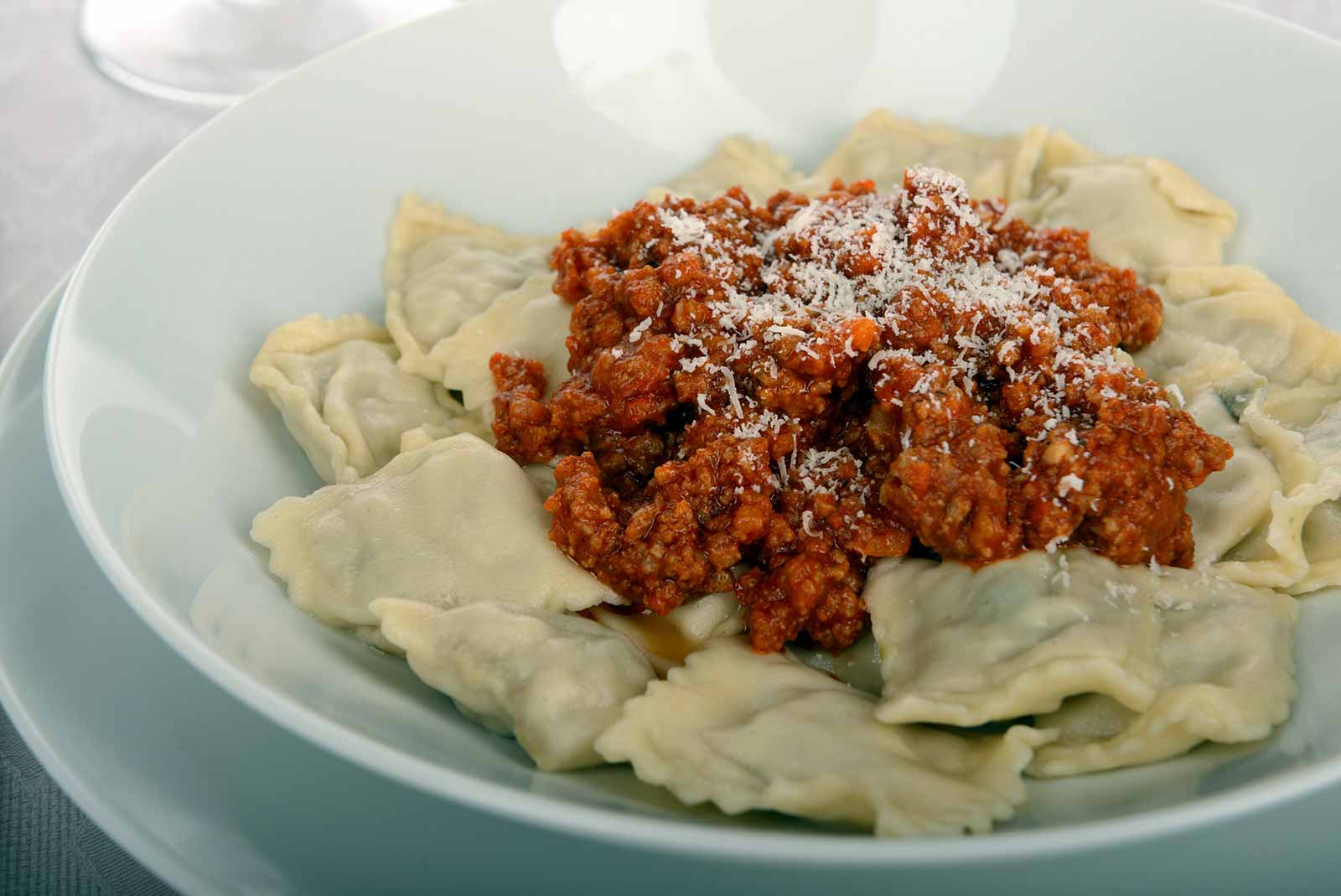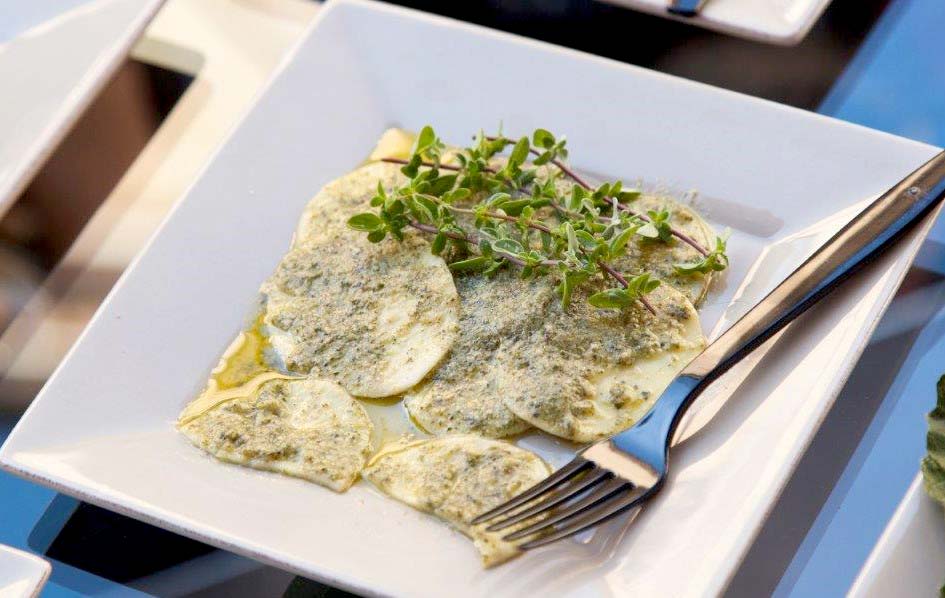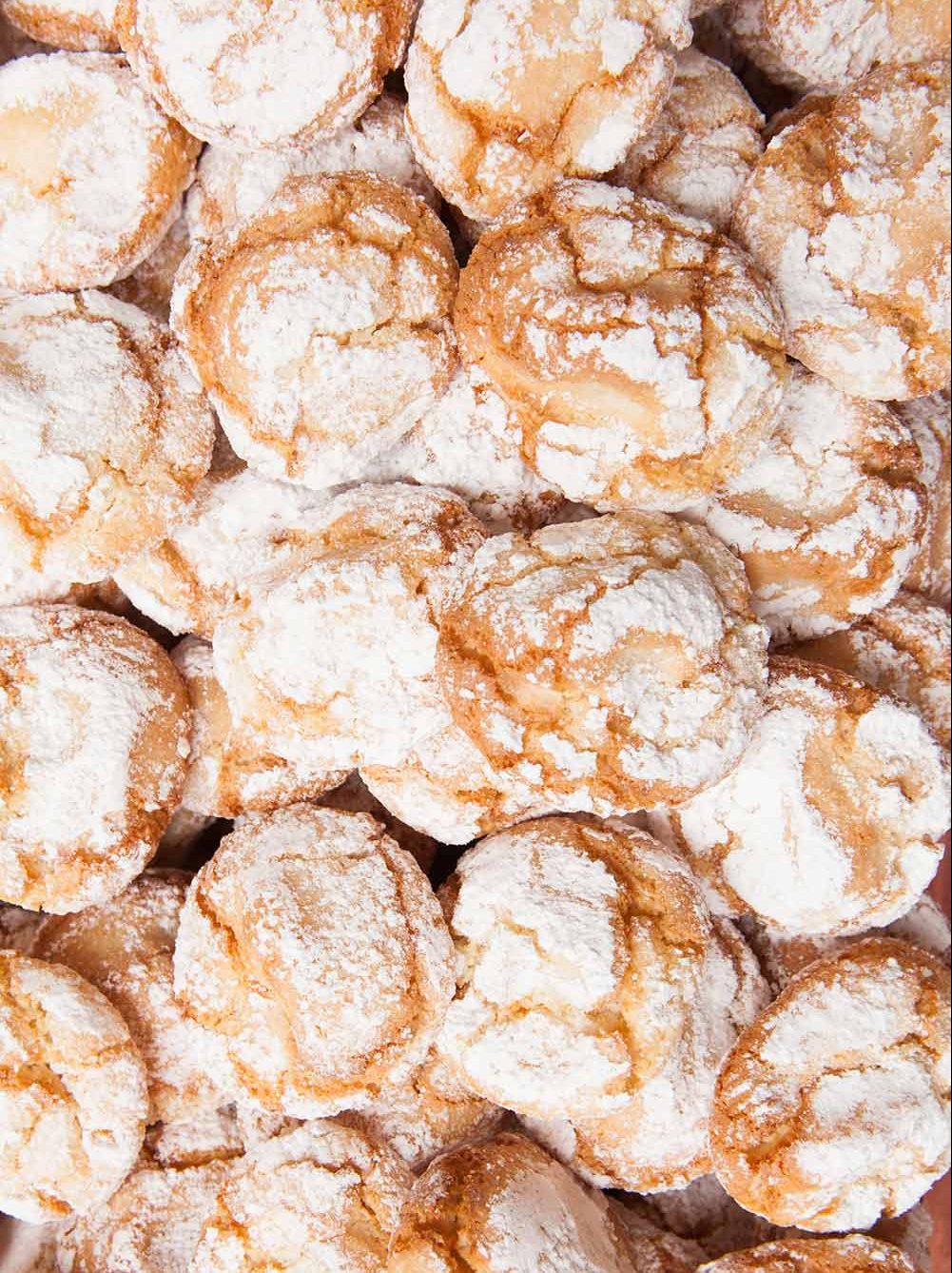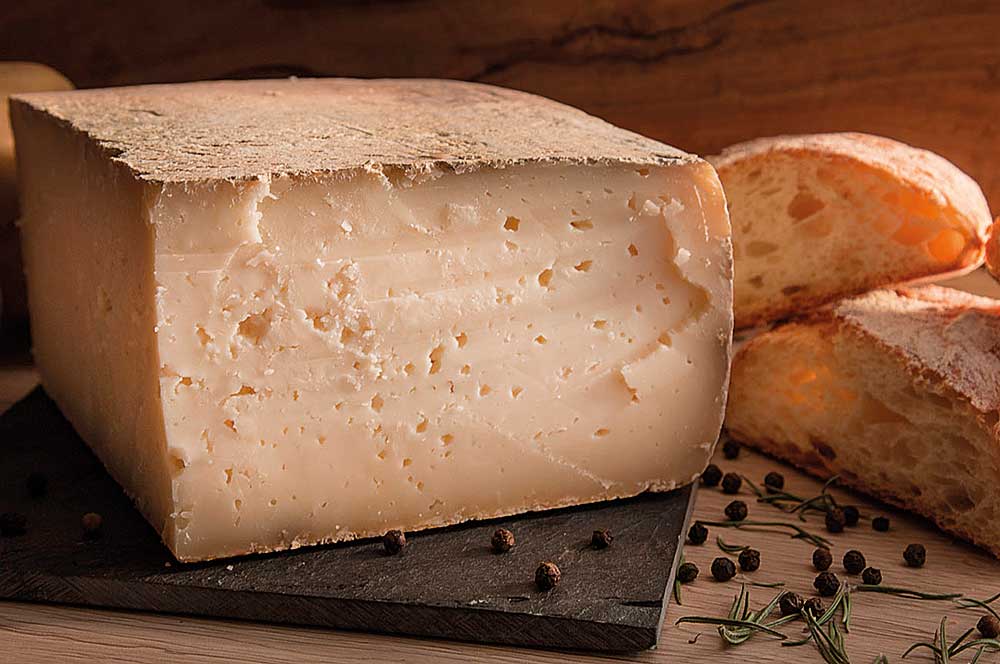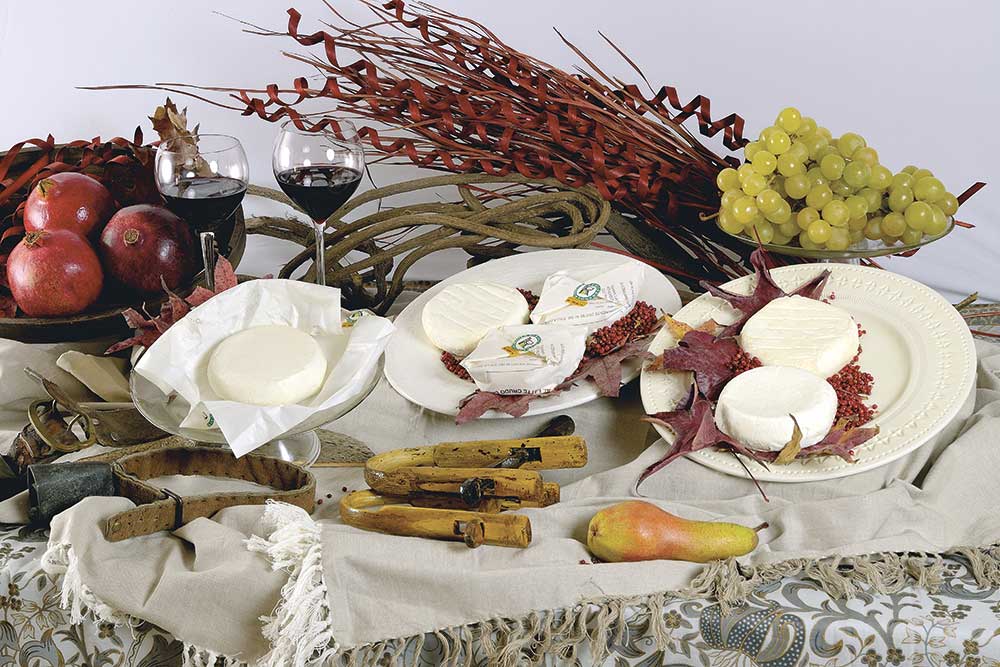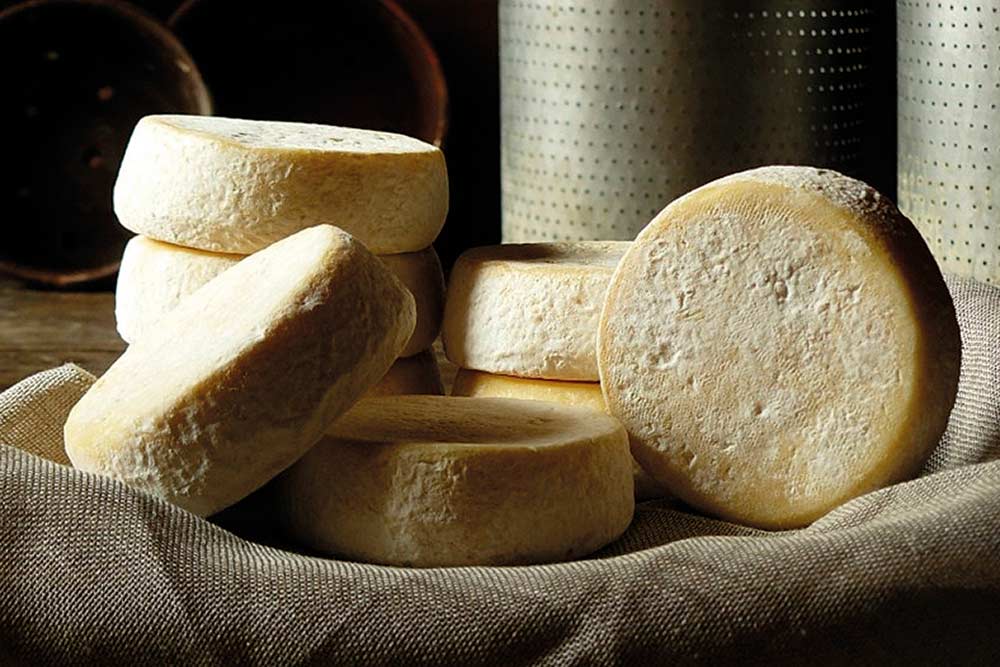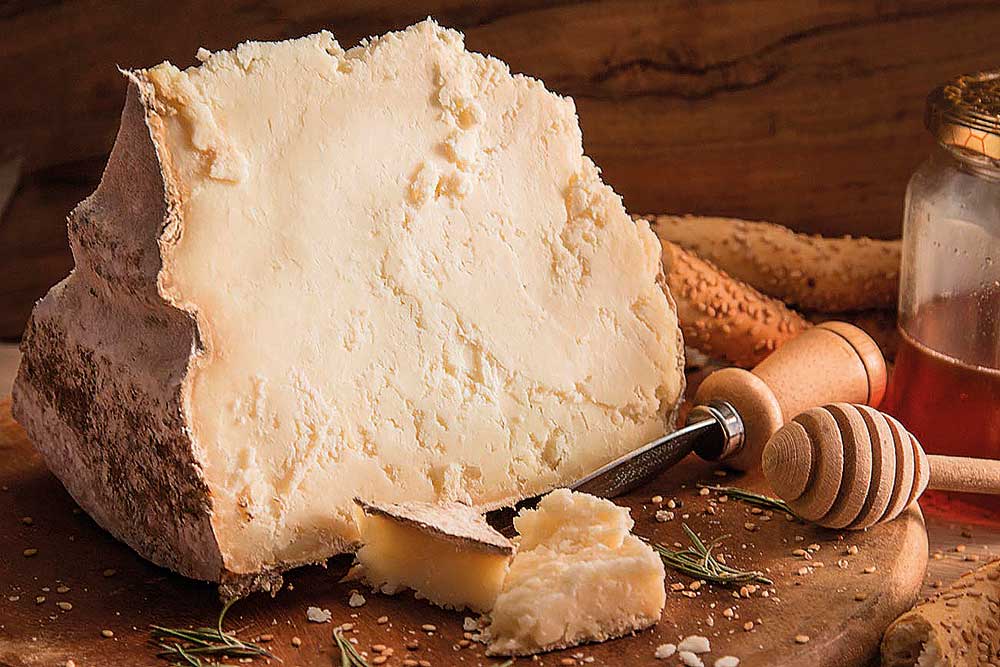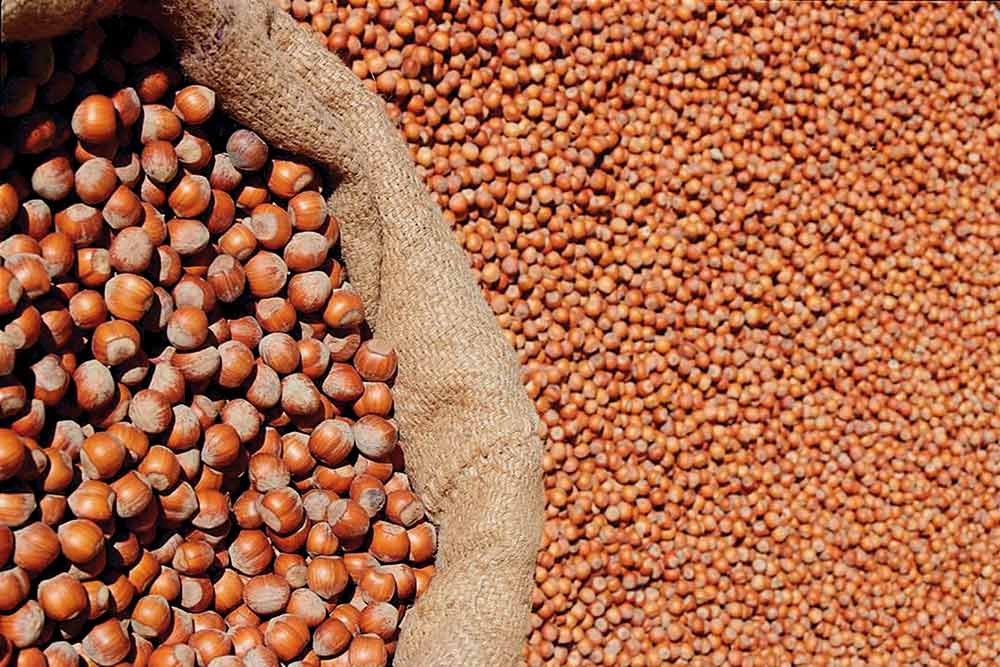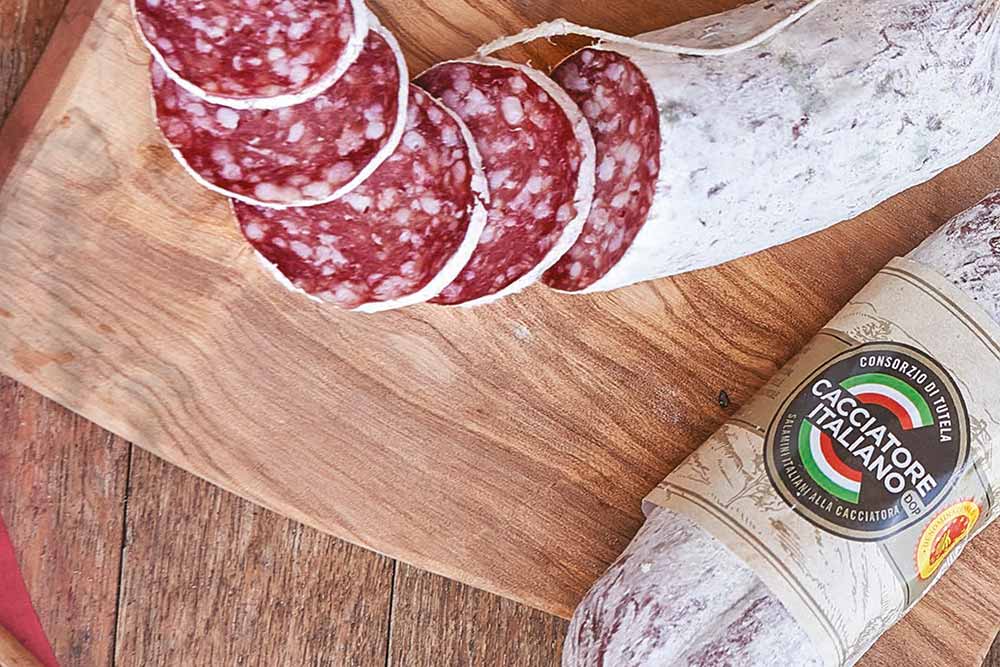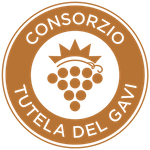Il Gavi docg
La DOCG “Gavi” o “Cortese di Gavi” è riferita a 4 tipologie di vino bianco – Fermo, Frizzante, Spumante e Riserva – che presentano le seguenti caratteristiche:
Il colore paglierino più o meno tenue con riflessi verdognoli;
Il profumo elegante e delicato, con sentori di frutta fresca e fiori bianchi, con note di agrume e mandorle amare, che si arricchisce con l’invecchiamento di profumi minerali e complessità;
Sapore asciutto, pieno, gradevolmente fresco e armonico, di grande eleganza e finezza.
Quanto alle tipologie del Riserva, non sono più soltanto i profumi del frutto, ma anche l’ ampiezza di naso e la bocca più piena e ricca; un vino bianco longevo, che conserva la sua freschezza ma è nobilitato da aromi terziari che gli consentono di reggere il confronto con i grandi del mondo.
Il Grande Bianco Piemontese è figlio di un territorio profondamente permeato dalla sua formazione geografica e dal microclima.
È l’incontro tra il vento marino che soffia dal Mar Ligure e la neve dell’Appennino a rendere speciale quest’angolo di Piemonte. Gli inverni freddi e le estati calde e ventilate, l’altitudine dei pendii e l’esposizione, i terreni marnosi, calcarei e argillosi danno vita al Grande Bianco Piemontese. Sono queste le caratteristiche di un terroir che ritroviamo in ogni calice di Gavi.
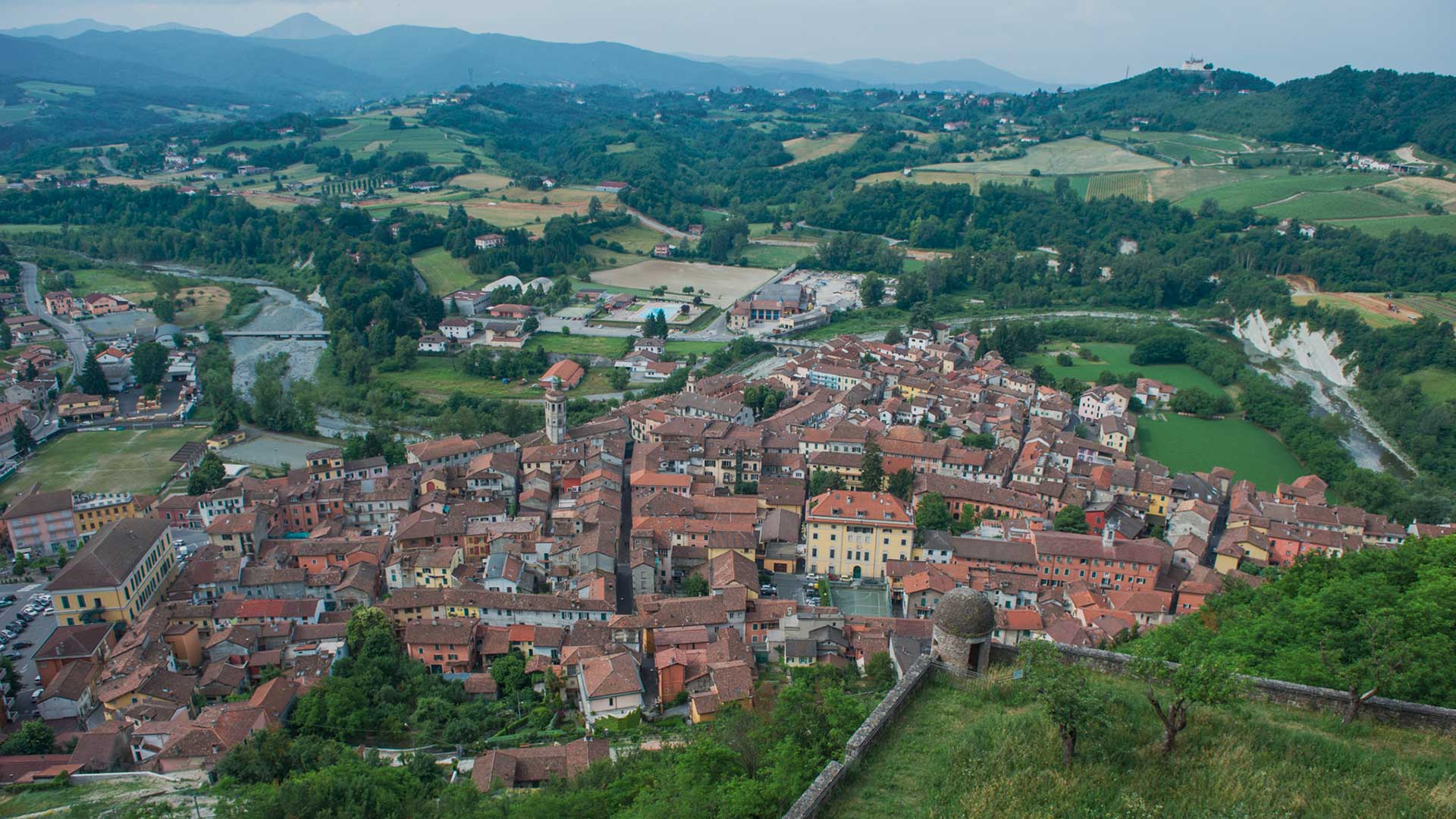
Perché un grande Bianco in Piemonte?
La zona era da secoli genovese, prima avamposto difensivo e commerciale, poi luogo di piacere e di villeggiatura. La centralità del Forte di Gavi, imponente baluardo sulla via più importante tra la pianura e il mare, aveva lasciato spazio nel secolo XVII alle splendide dimore estive delle più grandi famiglie di Genova, dai Giustiniani ai Lomellini.
L’aristocrazia ligure elesse il vitigno Cortese a bacca di corte e ne diffuse la coltura. I primi impianti specializzati a cortese si ebbero a partire dal 1856 nelle tenute di proprietà del marchese Cambiaso, La Centuriona e La Toledana di Gavi. In pochi decenni Gavi divenne sinonimo di vino bianco secco.
La presenza di un grande vino bianco in Piemonte, regione di straordinaria qualità per i vini rossi, è rivelatrice quindi di questo profondo legame che la terra del Gavi ha sempre avuto anche con la cucina dei signori di Genova a base di pesce, carni magre e verdure che si sposa perfettamente con il Cortese, il “nobile” vitigno autoctono, che qui trova la sua massima espressione.
L'origine del Nome
Il Gavi è zona di colline e monti, ma dove già si sentono i profumi del Mediterraneo, che arrivano con le brezze marine; è terra agricola con vigne che si mescolano a boschi e intatti paesaggi naturali; è terra cortese e nobile, come le storie e le leggende e custodite nei borghi e nei castelli. La più conosciuta è quella della Principessa Gavia. Nel 528, la fanciulla fuggendo dall’ira del padre Clodomiro, Re di Francia, che le negava il suo amore per un giovane paggio giunse in queste colline, dove trovò rifugio dalle truppe francesi, grazie all’intercessione del Papa. In suo onore gli abitanti dedicarono i suo nome al borgo. Narra la leggenda che la giovane bella e “cortese” abbia anche ispirato il nome del vitigno che dà origine al Gavi. Sia che il Cortese derivi questo appellativo dall’entourage della nobiltà genovese o dalla virtù della principessa Gavia, è indubbio che il “Cortese di Gavi” oggi identifichi una grande eccellenza enologica italiana modello di qualità in vigna e di ricerca in cantina.

Il Disciplinare
La qualità del Gavi Docg è garantita dal disciplinare di produzione che delimita l'area di produzione e stabilisce vincoli specifici in materia di produzione, vinificazione e imbottigliamento.
Il Terroir
L’estremo angolo sud orientale del Piemonte costituisce una frontiera fisica e geologica dove si incontrano la grande pianura e la montagna, i terreni alluvionali e gli affioramenti di epoche remote. Il terroir del Gavi dal punto di vista geologico si divide in tre fasce, che influiscono sulle caratteristiche del vino e del paesaggio.
Le terre rosse sono originate dalla ferrettizzazione delle ghiaie miste ad argilla degli antichi depositi alluvionali. Si trovano a nord di Gavi, verso Tassarolo e Novi Ligure. Qui le colline sono più dolci e le vigne si alternano a boschi di quercia e robinia.
La fascia centrale, che affiora su una linea che unisce Serravalle Scrivia a Gavi e San Cristoforo, vede un’alternanza di marne e arenarie. Sono i terreni di Monterotondo e dei vigneti alle falde della splendida foresta del monte Mesima.
La parte meridionale, che si fa più ripida per l’approssimarsi dei rilievi dell’Appennino, è composta da marne argillose bianche la cui origine marina è palese vista anche per la presenza di numerosi fossili. Il territorio fa parte del “bacino terziario del Piemonte” che comprende varie formazioni stratigrafiche della serie oligo-mio-pliocenica. In particolare, le formazioni caratterizzanti sono le “Marne Serravalliane”, terreni particolarmente adatti al vitigno Cortese perché in grado di esaltarne le qualità.
Il Gavi e i Prodotti Tipici
La Storia lega alla famiglia Raviolo di Gavi l’origine di questa pasta ripiena, la cui ricetta è oggi gelosamente tutelata da un Ordine di Cavalieri che da oltre 40 anni si occupa con impegno della sua promozione. Il raviolo gaviese è tradizionalmente preparato con carni bovine e suine, uova, formaggio, borragine e scarola. Si presenta con una sfoglia sottile e gustosa e si degusta principalmente in 3 modi: al “tocco”, il locale sugo di carne, in scodella al vino e “a culo nudo”, cioè solo schiumati, senza condimenti.
La tradizione per la pasta fresca che in questa zona ha origini antiche porta in tavola anche taglierini e lasagnette chiamate anche “stringoni” e “corzetti” conditi, secondo la stagione, con cacciagione, funghi, pomodoro o pesto.
La cucina semplice e gustosa di questa terra“di confine” si traduce anche nella preparazione di farinate e focacce – “stirate” al mattino o con patate al pomeriggio – e dell’insaccato “testa in cassetta” fatto con la testa del maiale, la lingua, il muscolo e il cuore bovino, già presidio Slow Food.
E infine nei dolci: gli amaretti di Gavi, a base di mandorle, zucchero, albume d’uovo e miele. Il brevetto di questa prelibatezza risale al 1780.
Famoso in Italia e all’estero è cioccolato artigianale della zona, di cui il comune di Novi Ligure è il più importante testimone.
Il Gavi e le DOP
Il Consorzio promuove e valorizza le eccellenze gastronomiche piemontesi, attraverso degustazioni e ricette di chef stellati.
Il Raschera
è prodotto e stagionato nella provincia di Cuneo. Il suo sapore è fine e delicato, profumato, moderatamente sapido se stagionato.
La Robiola di Roccaverano
ha origini molto antiche, risalenti al periodo celtico-ligure. E’ l’unico formaggio DOP che può esser prodotto esclusivamente con latte caprino.
Il Murazzano
è un formaggio prodotto nell’alta langa cunese realizzato esclusivamente a mano ha un sapore fine e delicatamente profumato.
Il Castelmagno
è prodotto in tre comuni della provincia di Cuneo e ha origini storiche antichissime che risalgono al 1277. E’ prodotto principalmente con latte vaccino e la stagionatura minima è di 60gg.
Il Riso di Baraggia biellese e vercellese
è ottenuto mediante l’elaborazione del riso grezzo o risone a riso Integrale, raffinato o pairboiled, nelle seguenti varietà: Arborio, Baldo, Balilla, Carnaroli, S. Andrea, Loto e Gladio.
La Nocciola Piemonte IGP
la varietà coltivata in Piemonte è la Tonda Gentile Trilobata e per il suo gusto e aroma è universalmente conosciuta come la migliore al mondo.
I Salamini italiani alla Cacciatora DOP
solo i migliori suini italiani, gli stessi utilizzati per i Prosciutti DOP di Parma e di San Daniele, possono diventare Salamini Italiani alla Cacciatora DOP, gli originali ‘Cacciatori Italiani’.
La Tinca Gobbata Dorata del Pianalto di Poirino
si riferisce alla varietà ‘Tinca Tinca’ allevata negli stagni dell’Altopiano di Poirino, contraddistinto da un gran numero di piccole e grandi peschiere.
